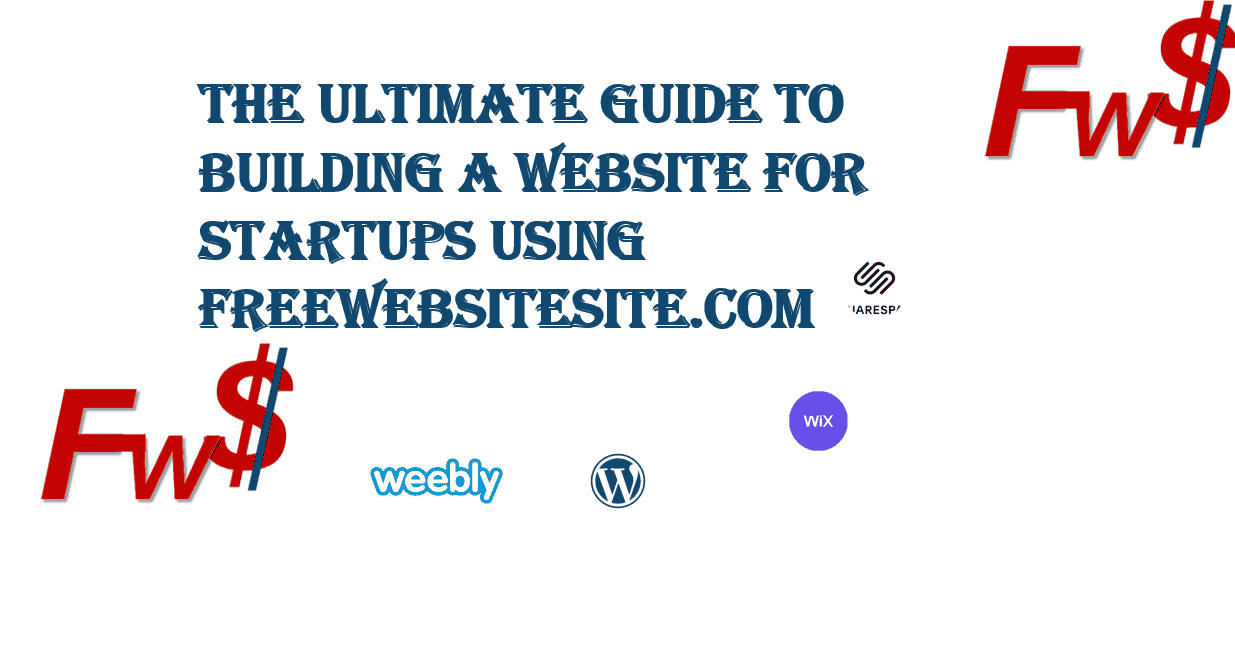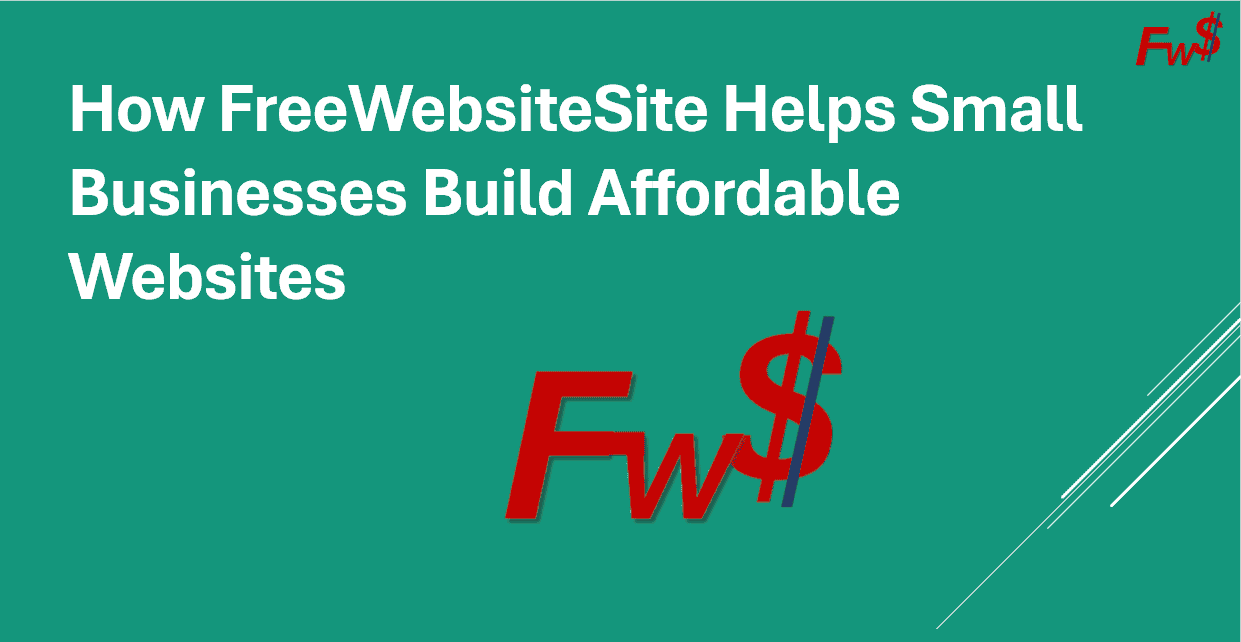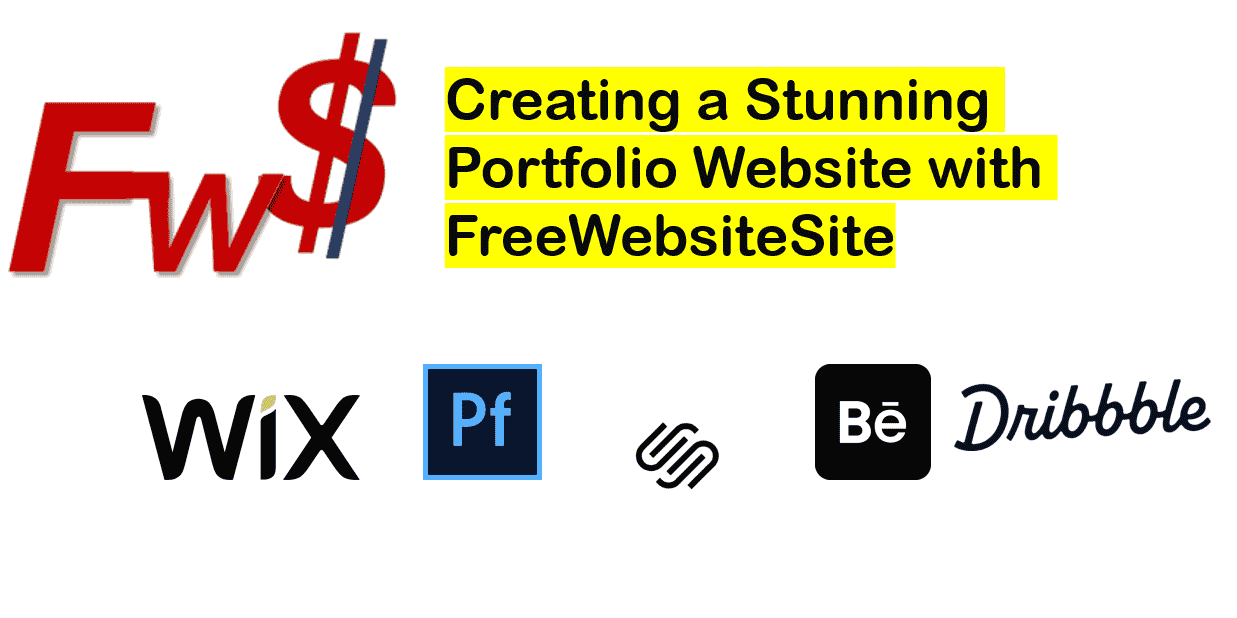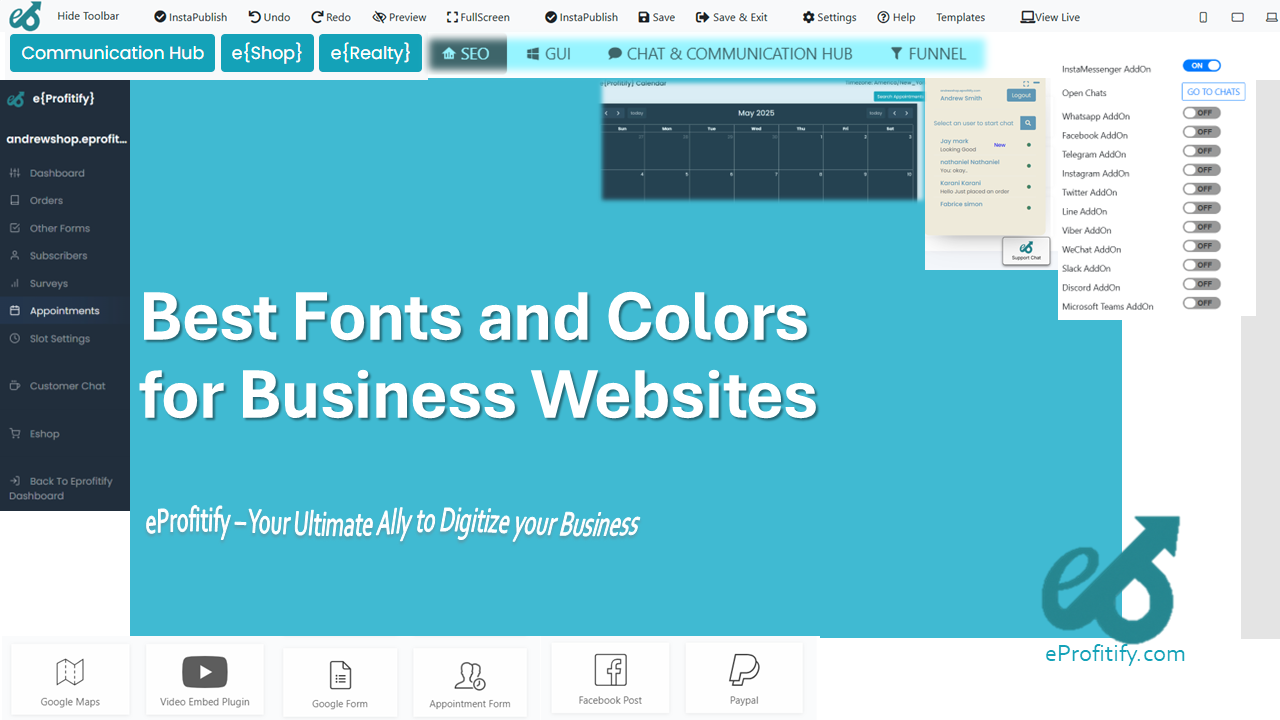Building a Sales Funnel That Converts for Your Startup
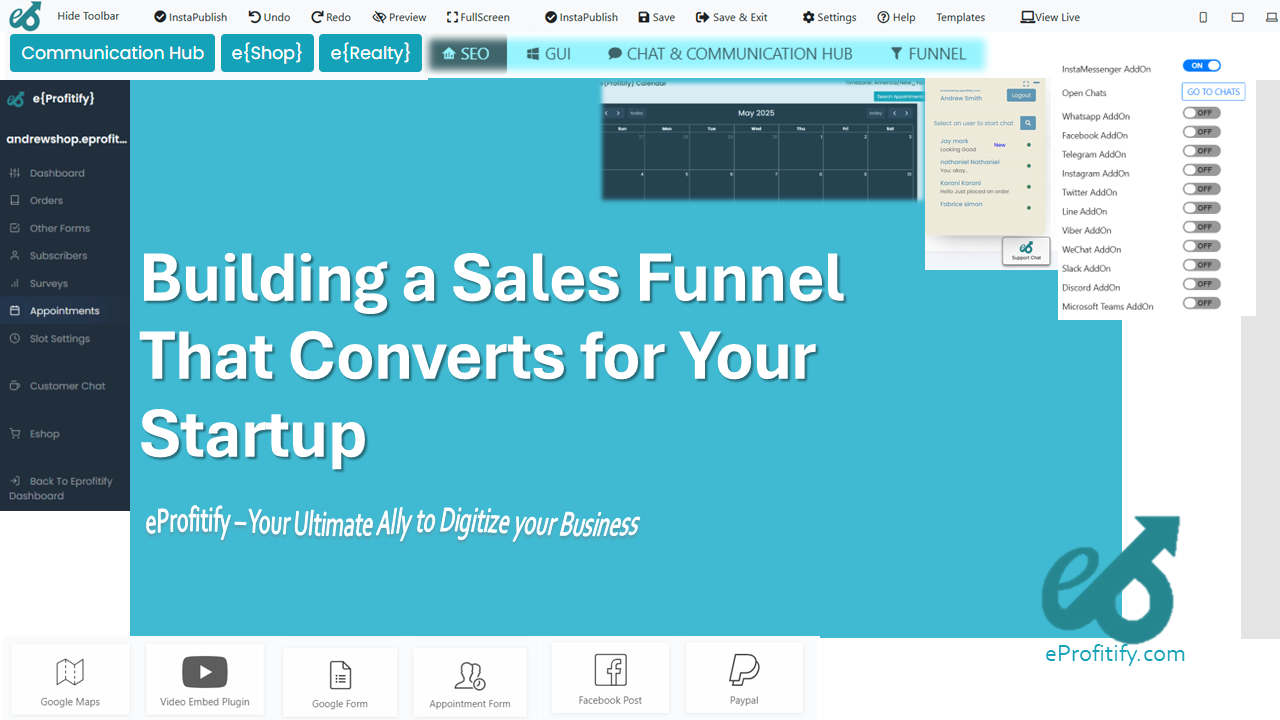
Building a Sales Funnel That Converts for Your Startup: A Data-Driven Guide
In today’s competitive market, startups face a critical challenge: turning leads into paying customers. Research shows that businesses with structured sales funnels see a 68% higher conversion rate than those without one. For startups, where resources are limited and every customer counts, a well-optimized sales funnel isn’t just helpful—it’s essential. This guide breaks down how to build a sales funnel that converts, backed by statistics, and highlights how tools like eProfitify streamline the process.
Understanding the Sales Funnel
A sales funnel maps the customer journey from awareness to purchase (and beyond). It has four key stages:
- Awareness (Top of Funnel - TOFU): Attract prospects.
- Interest (Middle of Funnel - MOFU): Engage and nurture leads.
- Decision (Bottom of Funnel - BOFU): Convert leads into customers.
- Retention (Post-Purchase): Turn customers into repeat buyers.
Let’s explore each stage with actionable strategies and data.
1. Awareness: Attracting the Right Audience
Start by driving traffic through channels your target audience frequents.
Strategies:
- Content Marketing: Blogs, videos, and social media educate prospects. According to Brightcove, 64% of consumers trust video content more than text.
- Paid Ads: Platforms like Facebook and Google Ads offer hyper-targeting. For B2B startups, LinkedIn ads generate 2x higher conversion rates than other platforms (LinkedIn).
- SEO: Optimize for keywords your audience searches. HubSpot notes 75% of users never scroll past the first page of search results.
Stat: 81% of shoppers research products online before buying (Retail Dive).
Pro Tip: Use eProfitify’s funne tools to identify high-performing keywords, allowing users to create dynamic intent-ability questionaires, maximizing conversion ROI.
2. Interest: Nurturing Leads
Once prospects know your brand, capture their information and nurture them.
Strategies:
- Lead Magnets: Offer free eBooks, templates, or webinars in exchange for emails.
- Email Marketing: Nurture leads with personalized drip campaigns. The Data & Marketing Association reports $42 ROI for every $1 spent on email marketing.
- Retargeting Ads: Reach users who visited your site but didn’t convert.
Stat: Personalized call-to-actions (CTAs) convert 202% better than generic ones (HubSpot).
Pro Tip: eProfitify’s funnely survey sequences segment audiences based on behavior, boosting engagement by up to 50% (eProfitify case studies).
3. Decision: Closing the Sale
Turn warm leads into customers with compelling offers and social proof.
Strategies:
- Landing Pages: Create focused pages with clear CTAs. Pages with videos increase conversions by 86% (Eyeview).
- Testimonials & Reviews: 93% of consumers say reviews influence buying decisions (Podium).
- Urgency Tactics: Limited-time discounts or stock alerts reduce cart abandonment, which affects 69.82% of e-commerce transactions (Baymard Institute).
Stat: A 1-second delay in page load time can drop conversions by 7% (Portent).
Pro Tip: Use eProfitify’s landing page builder to A/B test designs and CTAs, optimizing for higher conversions.
4. Retention: Building Loyalty
Acquiring a new customer costs 5x more than retaining an existing one (Bain & Company).
Strategies:
- Post-Purchase Emails: Request feedback or offer loyalty rewards.
- Upselling: Recommend complementary products.
- Community Building: Engage customers via social media or exclusive groups.
Stat: A 5% increase in retention can boost profits by 25–95% (Bain & Company).
Pro Tip: eProfitify’s CRM integration embedded in its Appointments management tracks customer behavior, enabling personalized retargeting campaigns.
Optimizing Your Funnel
Continuous improvement is key. Use:
- A/B Testing: Experiment with headlines, images, and CTAs.
- Analytics Tools: Google Analytics and Hotjar reveal user behavior.
- Automation: Tools like eProfitify streamline workflows, from lead scoring to post-purchase follow-ups.
Case Study: Startups using eProfitify report a 30% average increase in conversion rates within three months by leveraging its survey insights paired with email collection tool.
Conclusion
A high-converting sales funnel attracts, nurtures, converts, and retains customers. By implementing data-backed strategies at each stage—and using platforms like eProfitify for automation and optimization—your startup can scale efficiently. Remember, a funnel is never static; iterate based on insights to stay ahead.
Ready to transform your leads into loyal customers? Explore eProfitify’s suite of tools to build a funnel that fuels your startup’s growth.
Sources: HubSpot, Bain & Company, LinkedIn, Retail Dive, Brightcove, eProfitify internal data.
Related Templates
In the dynamic world of startups and small businesses, establishing a robust sales funnel is paramount. A well-crafted sales funnel not only attracts potential customers but also nurtures them through the buying journey, ultimately converting leads into loyal clients. This comprehensive guide delves into the intricacies of building a sales funnel that converts, tailored for startups and entrepreneurs. eProfitify is the only solution in the world that allows you to do this easily and intelligently. With various components such as email gathering, opt-in, direct survey popups and more allow eProfitify business users to create meaning interactions with their audience, which allows them to guide and be guided by their customers to create a 360 degree sales experience.
Understanding the Sales Funnel
A sales funnel represents the journey potential customers undergo, from becoming aware of your product or service to making a purchase decision. The funnel is typically divided into several stages:
-
Awareness: Potential customers become aware of your product or service.
-
Interest: They express interest by seeking more information.
-
Decision: They evaluate options and consider making a purchase.
-
Action: They make the purchase or take the desired action.
Understanding these stages is crucial for designing a sales funnel that effectively guides prospects through each phase.
Step-by-Step Guide to Building a Sales Funnel
-
Define Your Target Audience
Understanding your ideal customer is the first step in building an effective sales funnel. Create detailed buyer personas that encompass demographics, interests, pain points, and purchasing behaviors. This information will guide your messaging and content creation.
-
Attract Traffic
Utilize various channels to drive traffic to your website or landing pages:
-
Content Marketing: Publish valuable content that addresses your audience's pain points.
-
Social Media: Engage with potential customers on platforms where they spend time.
-
SEO: Optimize your website to rank higher in search engine results.
-
Paid Advertising: Use targeted ads to reach a broader audience.
-
-
Capture Leads
Once visitors land on your site, capture their information through:
-
Lead Magnets: Offer free resources like eBooks, checklists, or webinars in exchange for contact details.
-
Landing Pages: Create dedicated pages with compelling calls-to-action (CTAs).
-
Forms: Keep forms simple and user-friendly to encourage submissions.
-
-
Nurture Leads
Not all leads are ready to purchase immediately. Implement strategies to nurture them:
-
Email Marketing: Send personalized emails that provide value and build trust.
-
Follow-ups: Reach out with timely follow-ups to keep your brand top-of-mind.
-
Retargeting Ads: Use ads to re-engage visitors who didn't convert initially.
-
-
Convert Leads into Customers
Move leads towards making a purchase decision by:
-
Clear CTAs: Ensure your CTAs are prominent and persuasive.
-
Testimonials and Reviews: Showcase social proof to build credibility.
-
Limited-Time Offers: Create urgency with time-sensitive deals.
-
-
Analyze and Optimize
Continuously monitor your funnel's performance:
-
Analytics Tools: Use tools like Google Analytics to track user behavior.
-
A/B Testing: Test different versions of your pages and emails to see what works best.
-
Feedback: Collect feedback from customers to identify areas for improvement.
-
Best Sales Funnel Software for Startups
Selecting the right tools can streamline the process of building and managing your sales funnel. Here are some top recommendations:
-
Keap: An all-in-one CRM and marketing automation platform that helps small businesses manage customer relationships and automate marketing tasks.
-
HubSpot: Offers a comprehensive suite of tools for inbound marketing, sales, and customer service, including a free CRM and sales funnel builder.
-
Moosend: Provides affordable funnel building with a user-friendly interface, making it ideal for startups on a budget.
-
Systeme.io: A beginner-friendly platform that offers sales funnel building, email marketing, and affiliate program management.
Tailoring Your Sales Funnel to Different Business Models
Different business models require customized sales funnels:
-
E-commerce: Focus on product pages, upsells, and abandoned cart recovery.
-
SaaS: Offer free trials, demos, and onboarding sequences.
-
Service-Based: Highlight testimonials, case studies, and consultation bookings.
Understanding your business model allows you to design a funnel that aligns with your objectives and audience expectations.
eProfitify makes building a sales funnel that converts is an ongoing process of understanding your audience, providing value, and optimizing your strategies easy. By following the steps outlined in this guide and leveraging the right tools, startups and entrepreneurs can create a sales funnel that not only attracts leads but also converts them into loyal customers.
Remember, the key to a successful sales funnel lies in continuous learning and adaptation. Stay informed about industry trends, test new strategies, and always keep your customer's needs at the forefront of your efforts.

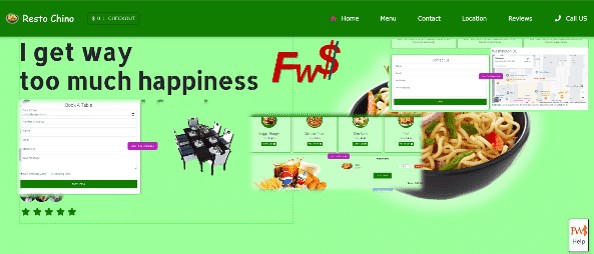
.png)

